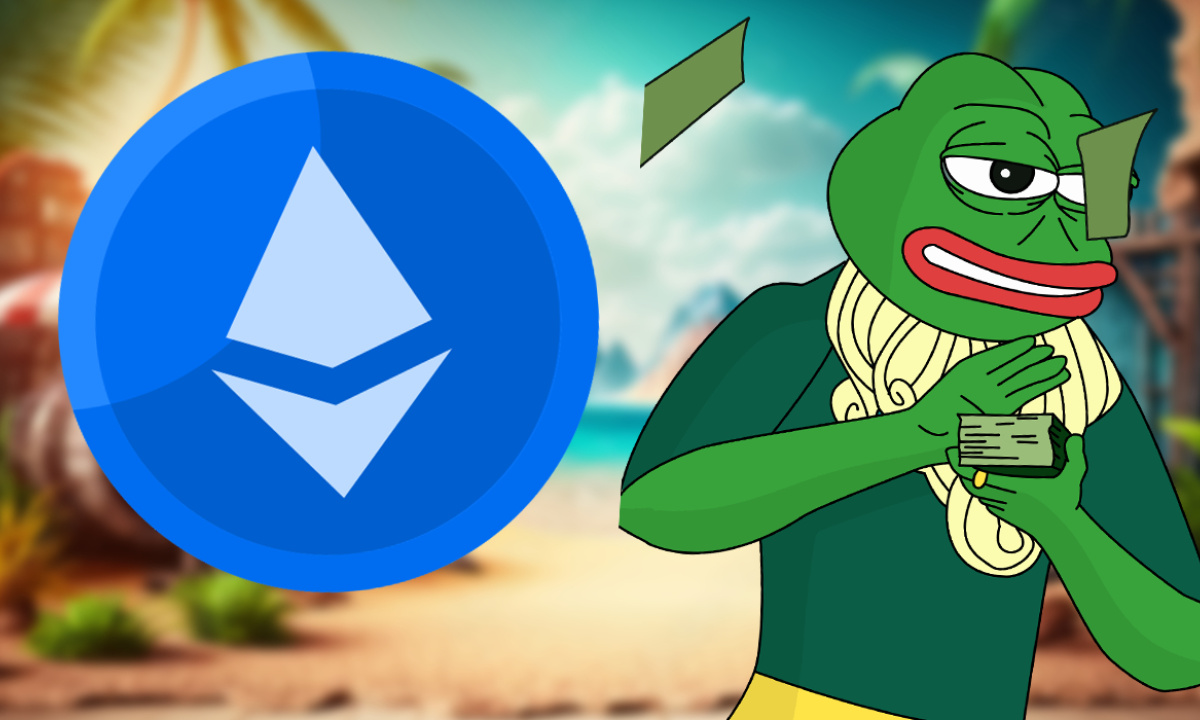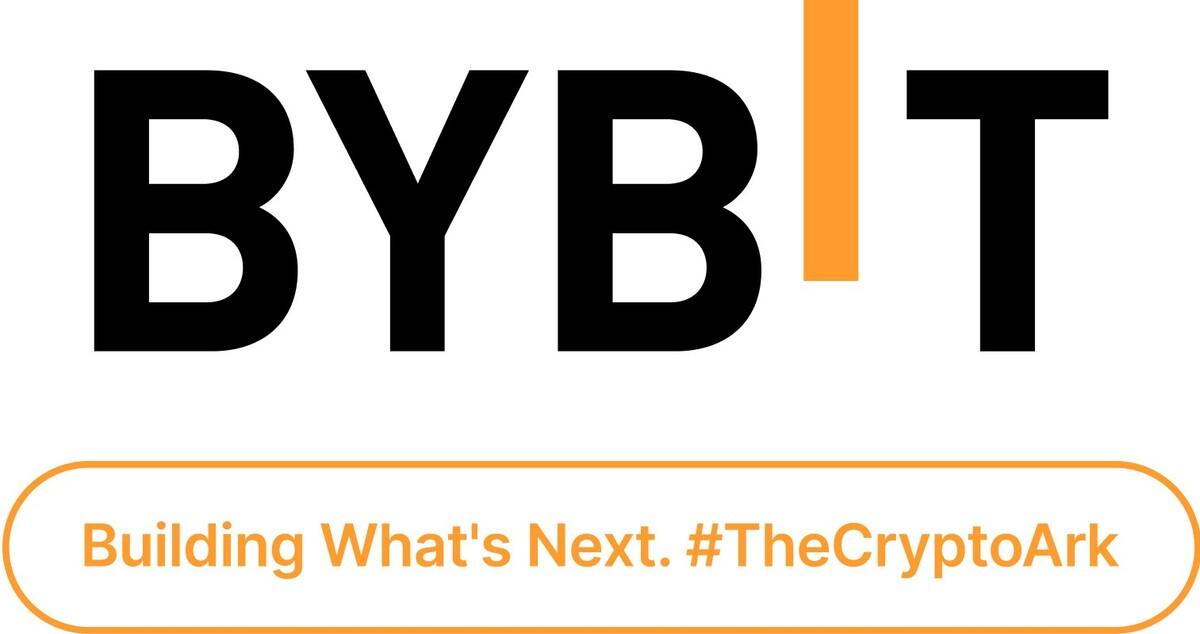Rage-quit is a term commonly used in the world of blockchain and decentralized autonomous organizations (DAOs) to describe the action taken by a member of a DAO to exit their stake, either partially or completely. This process involves withdrawing a proportionate share of the assets from the DAO’s treasury and terminating their involvement.
The concept of rage-quit was first introduced as a fundamental aspect of the V1 Moloch DAO framework and has since remained a key feature in all subsequent versions of the Moloch DAO framework. Other DAO frameworks, such as Gnosis Guild’s Zodiac and 1Hive’s Dandelion Org, have also incorporated rage-quit as an option, often referred to as “exit.”
In the context of the Moloch DAO implementation, any member can initiate the rage-quit process at any time, except if they have already voted “Yes” on an active proposal. However, it is worth noting that a member who has not voted “Yes” (i.e., they have voted “No” or have not voted at all) can rage-quit during the grace period between when a proposal has passed and when it is executed.
The primary purpose of rage-quit is to ensure that all DAO members maintain full control over their respective share of the assets held in the DAO’s treasury, even when those assets are available for collective deployment to further the objectives of the DAO. This feature also protects minority members from potential dominance by the majority, making it easier for individuals, regardless of their wealth, to pool their assets and work towards common goals.
Let’s illustrate how rage-quit works with an example. Imagine a DAO that consists of 100 members. Each member contributes a certain amount of funds to the DAO’s treasury, which is then used to finance various projects and initiatives. However, one member becomes dissatisfied with the decisions and direction of the DAO and decides to rage-quit. They initiate the process, and as a result, they receive a proportionate share of the funds they contributed to the treasury.
Rage-quit not only ensures individual control over assets but also has broader implications for the dynamics and governance of a DAO. By including the rage-quit feature in a DAO, it attracts members who prioritize active participation in the DAO’s activities over their individual share of the treasury. This fosters stronger alignment among the remaining DAO members, as those who remain are more committed to the DAO’s vision and objectives.
Now, let’s explore the benefits of rage-quit in more detail:
What is Individual Control and Asset Ownership?
Rage-quit gives participants in a DAO the assurance that they can withdraw their contribution and regain control over their assets at any time. This control is essential because it prevents any potential misuse of their funds and ensures that individuals have autonomy over their own resources. By having the option to rage-quit, individuals can freely enter and exit DAOs without the fear of being locked into a decision or being subject to the control of others.
What is the protection of minority rights?
Rage-quit protects the rights of minority members within a DAO. By allowing individuals to exit the DAO and retrieve their proportionate share of assets, it prevents the majority from dominating decision-making processes and actions. This level of protection encourages participation and collaboration by ensuring that all members, regardless of their wealth or influence, have an equal voice and power within the DAO.
What is Alignment and Commitment?
By including the rage-quit feature in a DAO, it attracts individuals who are genuinely committed to the goals and vision of the DAO. These individuals prioritize active participation and contribution over their personal financial interests. This fosters a stronger sense of alignment among the remaining DAO members, as they share a common dedication to the DAO’s success. This alignment enhances decision-making processes and increases the likelihood of achieving the DAO’s objectives.
Rage-quit has become an integral aspect of various DAO frameworks, including the Moloch DAO framework, Zodiac, and Dandelion Org. These frameworks provide the infrastructure and tools necessary for implementing rage-quit in a user-friendly and secure manner. As rage-quit continues to gain popularity, more DAO frameworks and platforms are likely to adopt this feature to empower participants and ensure fair and inclusive governance.
What is DAOhaus?
Author: Collectively authored by DAOhaus
DAOhaus is a platform that hosts purpose-driven community DAOs. Originally conceived during a hackathon in 2019, DAOhaus has evolved into a comprehensive platform hosting over 1,000 DAOs. By utilizing DAOhaus, users can incorporate the functionalities of DAOs into their own projects without the need to navigate the complexities of writing smart contracts or building dApps. Launching a DAO through DAOhaus is a simple process that can be completed in just a few clicks.















